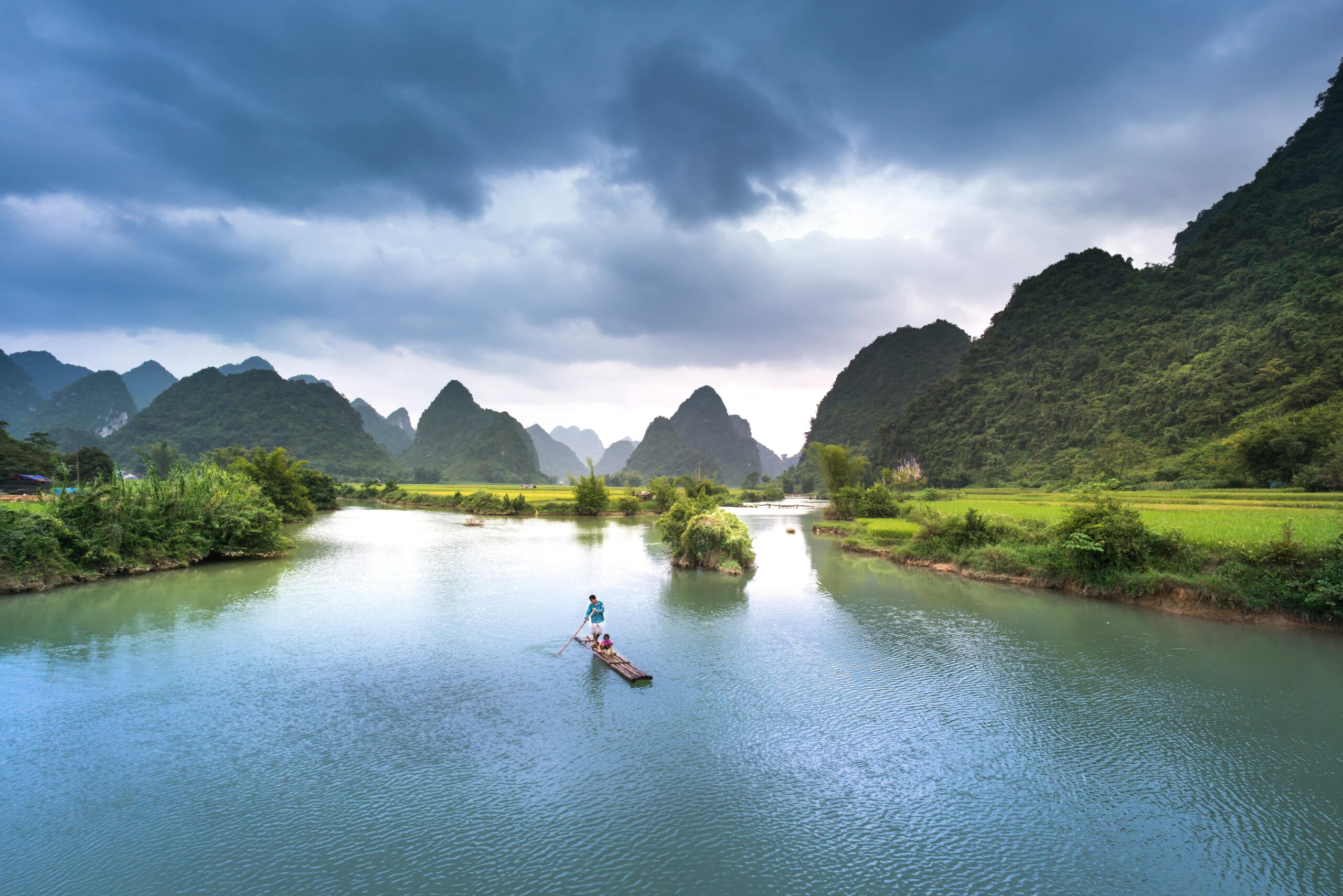The watershed is facing numerous challenges, primarily driven by increasing population growth. This growth has led to significant changes in land use, resulting in higher surface runoff and subsequent flooding. High rainfall intensity further exacerbates flooding issues. Additionally, improper human behavior, such as disposing of waste in rivers and drainage systems, worsens the situation. Excessive groundwater extraction is causing a decrease in land elevation, contributing to land sinking. During the dry season, water shortages are common. Furthermore, agricultural practices often contradict conservation principles, leading to increasingly critical erosion levels.
InterventionEffective interventions include targeted reforestation efforts and structural measures such as placing sediment control structures, constructing small reservoirs, securing riverbanks, converting temporary water intake structures to permanent weirs, and creating infiltration wells. Non-structural measures involve promoting water-saving initiatives, avoiding the use of steeply sloped land for cultivation, adopting conservation-oriented cropping patterns, switching to higher-value crops that require less water during the third planting season, and replacing conventional irrigation methods with the System of Rice Intensification (SRI).

